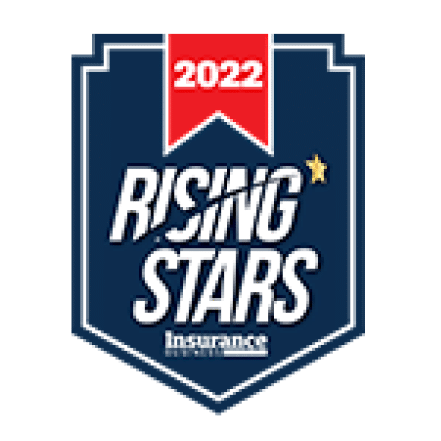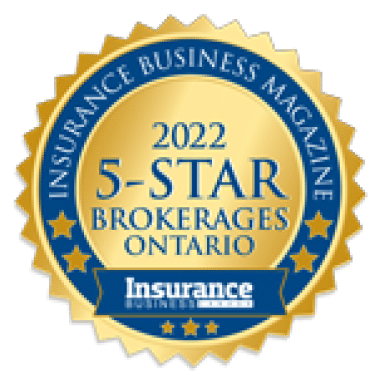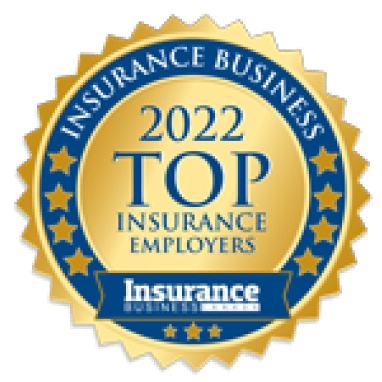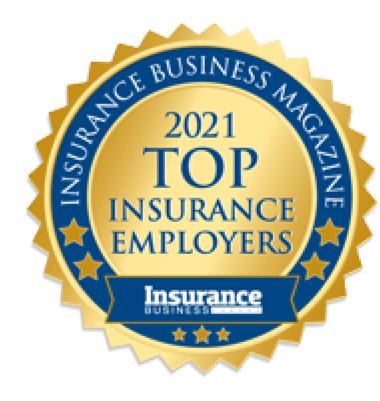Navigating the world of professional liability insurance can seem overwhelming, especially for those just starting out as consultants, lawyers, or medical professionals. Getting clear on what liability insurance involves is a big step toward protecting your career. This kind of insurance is designed to safeguard professionals against claims of mistakes or negligence, which can happen to the best of us. It’s more than just a safety net; it’s a crucial part of building trust with your clients.
Understanding the nuances of liability insurance is key, as it’s not just about avoiding costs but also about maintaining your professional reputation. Clients want to know they’re working with someone who takes their needs seriously and an insurance policy can demonstrate your dedication. We’ll explore the ins and outs of liability insurance, focusing on policy limits and how they shape your coverage.
What Are Policy Limits?
When diving into liability insurance, understanding policy limits is a fundamental step. Policy limits refer to the maximum amount an insurance company will pay for a covered loss. Think of it as the top boundary or cap on what you can claim for a specific period or incident. These limits can greatly influence your coverage, impacting how protected you truly are when the unexpected occurs.
Policy limits are typically split into two main types:
– Occurrence Limit: This covers the most the insurance will pay for any one loss or incident during the policy period.
– Aggregate Limit: This represents the total amount that can be paid during a policy term across multiple incidents.
Both these limits play vital roles in shaping the protection you receive. For instance, if a consultant faces several claims within a year, the aggregate limit becomes particularly significant. Without understanding these terms, professionals might find themselves underinsured, facing out-of-pocket costs when claims exceed their limits.
Common Policy Limits Explained
To further illustrate, let’s break down these limits with examples. Suppose you’re a consultant working with various businesses. If one client sues for a miscalculation in a project, the occurrence limit is what the insurer will pay to cover that specific claim. Conversely, if several clients find fault in different projects throughout the year, the aggregate limit is the total payout for all claims combined.
Whether you work in consulting, law, or healthcare, understanding claims defense coverage limits is essential. This part of the insurance takes care of legal defense costs if you’re sued, which can be a lifesaver in stressful times. Knowing how these elements interact within your policy ensures you won’t face unexpected gaps in your coverage.
Choosing the Right Policy Limits
Selecting the appropriate policy limits involves assessing your specific risks. For instance, lawyers handling sensitive data may require higher limits due to potentially costly claims. Similarly, medical professionals might need tailored coverage reflecting the high stakes in healthcare.
Consider these factors when choosing policy limits:
1. Your Professional Scope: Look at how broad your services are. The more varied, the higher the chance of potential claims.
2. Client Interaction Levels: More clients can mean more exposure, which might require higher limits.
3. Legal Environment: Certain legal fields demand higher coverage due to their complex nature and increased litigation risks.
Selecting the right coverage isn’t a one-time process; it evolves with your career. As your business grows, so too should your policy limits to match any rising exposures. Collaboration with experienced brokers can help tailor a policy that aligns perfectly with your unique professional needs.
How E&O Insurance Costs Reflect Policy Limits
Understanding how E&O insurance costs connect to policy limits is crucial for professionals. Premiums for this type of insurance will often mirror the risk and potential payout the insurer might face. Simply put, the higher the policy limit, the higher the premium. This might seem straightforward, but balancing sufficient coverage with manageable premiums requires careful thought.
E&O insurance is geared towards protecting against errors and omissions in your work. For example, if you’re a consultant who delivers a report that unintentionally includes an error, and the client claims substantial losses as a result, the policy would cover legal defense costs and any settlements. Still, choosing a high limit to cover such possibilities could mean paying more in premiums every month.
Here are a few tips for striking the right balance:
1. Assess Your Financial Exposure: Understand what financial risks your business faces due to errors.
2. Review Claims History: Look at past claims to determine how much coverage has been necessary.
3. Compare the Potential Impact: Weigh the cost of higher premiums against the benefit of greater peace of mind and protection.
Ensuring you’re not underinsured or overpaying requires regular reviews of both your business needs and insurance coverage.
Navigating Claims and Defense Coverage
Once you have a policy in place, navigating the specifics of claims and defense coverage is essential. This part of the policy kicks in when a claim is made against you, covering legal fees and any settlement or judgment amounts up to your policy limits.
Here’s how policy limits function during a claim:
– Coverage Activation: When a claim is filed, the insurer assesses whether it falls under your policy. If it does, your defense costs and potential settlements are handled up to the limit.
– Defense Costs Inclusions: Legal fees can quickly escalate; thus, having adequate defense coverage ensures you’re not financially overwhelmed.
Ensuring sufficient defense coverage can keep your business operations running smoothly, even during legal challenges. Many policies will have defense costs that reduce the total amount available to settle or pay out claims, highlighting the need to select limits thoughtfully.
Making Informed Decisions
Choosing the right liability insurance involves more than just selecting limits. It’s about evaluating your comprehensive insurance needs and understanding how policy details align with your professional circumstances. This means being proactive about your risk management.
Some practical steps to making well-informed decisions include:
– Consulting with Brokers: Professionals can assess your unique risks and recommend suitable policies.
– Regular Policy Reviews: As your practice grows or shifts, your insurance needs might change. Make periodic reviews of your coverage a regular part of your business strategy.
– Stay Educated: Keep updated with industry trends that might affect your liability needs or costs, helping you adjust your policy accordingly.
Being proactive in managing your liability insurance means that you’re better prepared for any eventualities, safeguarding your hard-earned reputation and financial health.
Protecting Your Professional Future
As you continue to build and shape your professional career, maintaining the right liability insurance is a strategic move for sustainable success. Not only does it act as a safety net, but it also stands as a testimony to your commitment to clients. A well-considered liability policy is an investment in your future, ensuring both financial protection and professional credibility.
As the landscape evolves, your insurance needs might too. It’s crucial to view insurance as a dynamic part of your business planning, adjusting alongside shifts in your profession and personal circumstances. With the right measures in place, you can focus on what truly matters—delivering high-quality service knowing that support is available when you need it.
To fully protect your professional reputation and finances, ensuring proper liability coverage is a smart and necessary step. If you’re looking to understand how E&O insurance costs relate to your coverage options, Ai Insurance Organization Inc. can help. By taking time to evaluate your risks and goals, you’ll be able to choose a policy that supports your career growth and gives you confidence in your protection. Smart decisions today can help protect your future tomorrow.
Disclaimer: The information provided in this article is intended for illustrative purposes only and should not be considered as actual insurance advice. Our articles offer insights and general guidance on various insurance topics however, they do not substitute professional advice tailored to your specific circumstances. For expert, personalized insurance advice and solutions, please contact our licensed insurance brokers.



